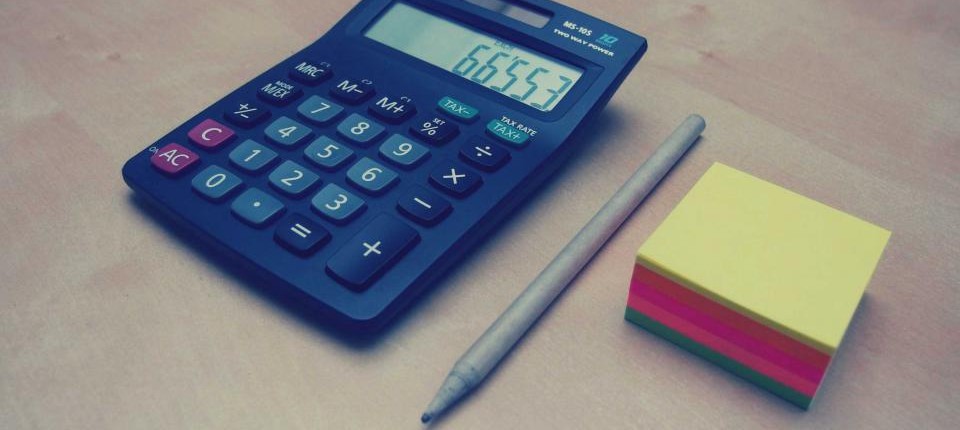
Best Practices for Maximizing Collections at the Point of Service
Patient due amounts (copays and coinsurance) can make up roughly a third (or more) of your practice A/R, but on average only one-third of patient dollars are properly collected up front. If you see a patient in your practice and they leave without resolving their patient due amount, your chances of being paid in full decreases by up to 50%. It’s important to implement a process for maximizing collections.
Implementing processes for improving up-front collections can positively impact your long-term success by significantly increasing total payments and reducing time in A/R.
Below is a sample process your practice can follow to improve your collections process:
- Verify eligibility for every patient before every appointment.
- Create a financial policy for the practice that all patients are required to sign at their first visit and annually thereafter.
- Collect copays and any outstanding balances at check-in. If information is available on deductibles, co-insurance, or estimated payment, collect that too.
- Have an option for patients to pay online. Many EHR/PM vendors offer online payments through their system. If you’re unsure if this is an option for your practice, ask your vendor. More than 50% of people pay their bills online and over 20% of patients say that online bill pay is an important feature for a practice to offer.
- Offer electronic statements in addition to paper statements. Send an electronic statement to the patient as soon as the patient due amount is known, and include a link to the online payment system.
- Ask patients if you can set up credit card on file to process payments up to an approved amount. For instance, you could ask patients to sign an authorization for you to charge the card on file up to $125. Once the patient due amount is known, you can just charge the card, and send an electronic receipt.
- Compress your statement cycle: Don’t wait for a monthly cycle because monthly billing lengthens your A/R and reduces your chances of getting paid.
- Consider deposits for high-dollar procedures: High-dollar procedures are often planned giving you the time to determine the patient portion. By collecting a deposit prior to the procedure, you reduce the risk of not getting paid.
- Offer electronic as well as paper statements: An electronic statement sent by email gets to the patient immediately, no waiting. This allows them to view the statement and pay right there on screen, making it more likely that you will get paid.
- Use a professional revenue cycle management service who can field patient billing inquiries, send professional statements, and follow up on unpaid balances.
- Implementing these tips will improve your chance of maximizing your collections and reducing your aging A/R. For more information MBA HealthGroup’s professional billing and revenue management service, contact us today.
For More Information on this article click on Medical billing

